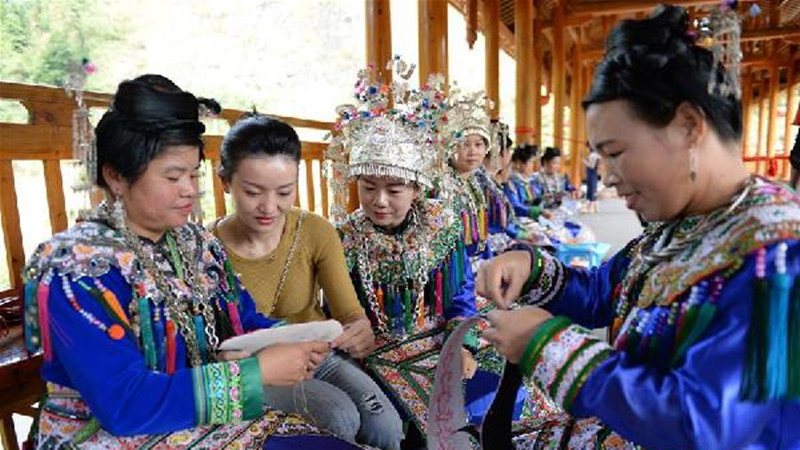
Qiandongnan Prefecture
Geography of Qiandongnan
Location
Situated on the southeastern edge of the Yungui Plateau, Qiandongnan Prefecture neighbors Qiannan Buyi and Miao Autonomous Prefecture, Zunyi City and Tongren Region within Guizhou province. It is also bounded on the east by Hunan Province in the neighborhood of Guangxi Zhuang Autonomous Region in the south.
Physical Features
Covering an area of 30,337.1 square kilometers, it measures 220 kilometers from east to west and 240 km from south to north. Its highest point is 2,178 meters above sea level; its lowest point is 137 meters.
Qiandongnan lies in the transition area from Yunnan-Guizhou Plateau to hills and basins in Hunan and Guangxi. Karst and eroded landforms are widely distributed in the prefecture. Its general terrain is higher in the north, south and west while lower in the east. Western and northwestern part of this prefecture is medium and low mountains, and its eastern and southeastern part has complex distributions of low mountains, hills and basins. On the whole, mountainous region occupies over eighty-seven percent of the prefecture's total area.
Ethnic Minorities in Qiandongnan
Qiandongnan Miao and Dong autonomous prefecture in Guizhou province is considered as the largest national culture museum in the world.There are 33 ethnic groups, including the Miao, Dong, Han, Buyei, Yao, Tujia, Zhuang and Sui. It has a total population of 4.42 million, of which 81.87 percent are ethnic groups, 42.09 percent are Miao and 31.86 percent are Dong ethnic group.

It is inhabited by Yi, Bai, Dai, Zhuang, Miao, Lisui, Lahu, Va, Naxi, Yao, and She ethnic groups. At the end of 2017, the area's resident population was 3.52 million, while the registered population was 4.76 million. The ethnic group population accounted for 81.1 percent of the total registered population, of which Miao accounted for 43 percent and Yi accounted for 30.4 percent.
Local Highlights: Ethnic minorities in Qiandongnan have a population of 3,640,000, over eighty percent of the prefecture's total population. Miao and Dong minorities are the biggest groups. The colorful traditional festivals and local folk customs are the highlights of the prefecture.
Road-block drinking is the first ritual when the hospitable Miao people welcome guests. From the foot to the gate of the village, there are usually twelve barriers with full dressed Miao youths pledging wine to visitors.
Transportation in Qiandongnan
It features magnificent mountains, elegant streams, warm weather, abundant resources and deep folk customs. The prefecture contains 16 counties and cities and one provincial-level economic development zone, including 90 towns, 116 villages, five street offices, 89 resident committees, 68 community committees and 3,226 villager committees. Kaili, the capital of the Qiandongnan Miao and Dong Autonomous Prefecture, is the center of politics, economy and culture. It is less than two hours by car from Guiyang Longdongbao International Airport.



 Ask Questions ?
Ask Questions ?